30 pages • 1 hour read
Virginia WoolfModern Fiction
Nonfiction | Essay / Speech | Adult | Published in 1925A modern alternative to SparkNotes and CliffsNotes, SuperSummary offers high-quality Study Guides with detailed chapter summaries and analysis of major themes, characters, and more.
Literary Devices
Allusion
The central literary device within Woolf’s essay is allusion—a reference to another writer, work, event, et cetera. By the second sentence of the essay, Woolf has referenced two authors besides herself: Henry Fielding and Jane Austen. Other writers populating “Modern Fiction” include Bennett, Wells, Hardy, Joyce, and Chekhov.
While allusions are often implied, Woolf’s are direct and frequent. Such references underline Woolf’s understanding of her subject matter (and therefore her qualification to discuss it) and illustrate her points. Without reference to Chekhov, for example, the essay’s discussion of Russian fiction would be vague. Woolf intends her essay to be a well-evidenced treatise, not one woven together from stray thoughts.
Woolf’s allusions also place her criticism—and by implication her work—within a busy field of writers and literary figures. One effect is to underline the many ways in which she suggests tradition must be done away with: Each subsequent reference adds to the pile of tired, Victorian writers who press down on the modern writer with the heavy weight of tradition.
Metaphor/Extended Metaphor
Woolf is one of Modernism’s most famous employers of metaphor: a comparison of two things that are not literally alike. In this essay, she constructs a number of metaphors to illustrate her arguments about fiction.
Related Titles
By Virginia Woolf

A Haunted House
Virginia Woolf

A Haunted House and Other Short Stories
Virginia Woolf
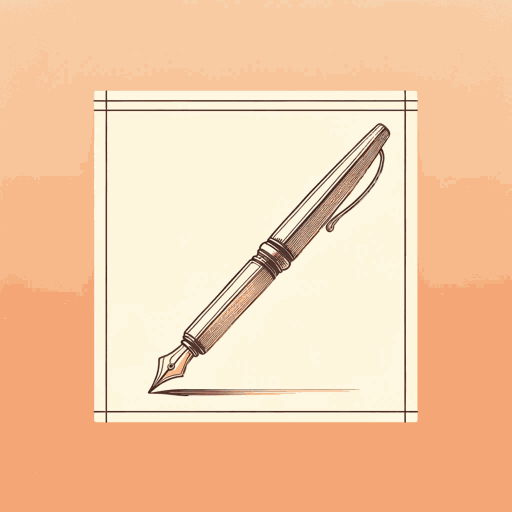
A Room of One's Own
Virginia Woolf

Between The Acts
Virginia Woolf
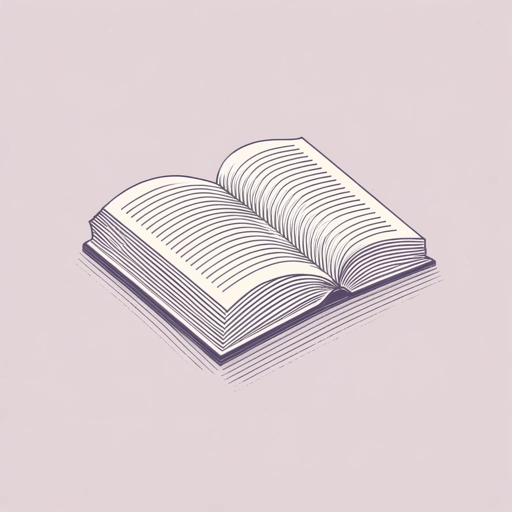
How Should One Read a Book?
Virginia Woolf

Jacob's Room
Virginia Woolf
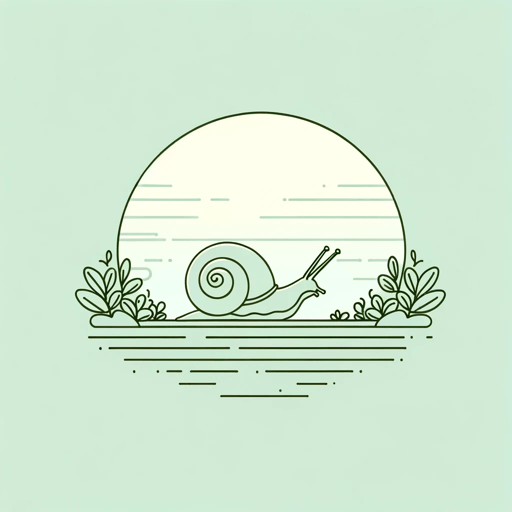
Kew Gardens
Virginia Woolf

Moments of Being
Virginia Woolf
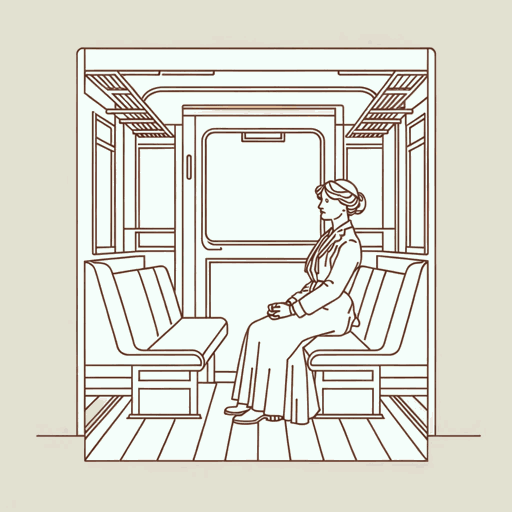
Mr. Bennett and Mrs. Brown
Virginia Woolf

Mrs. Dalloway
Virginia Woolf
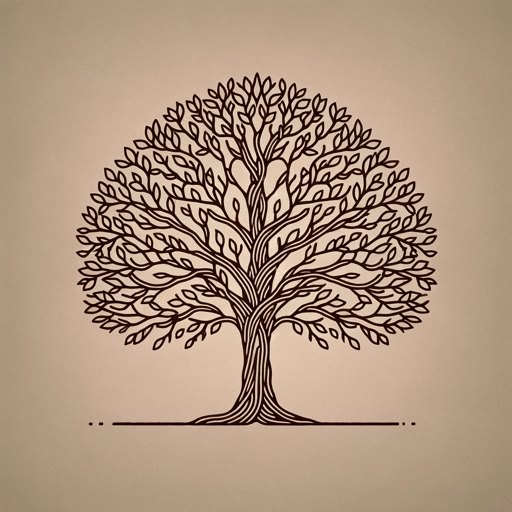
Orlando
Virginia Woolf
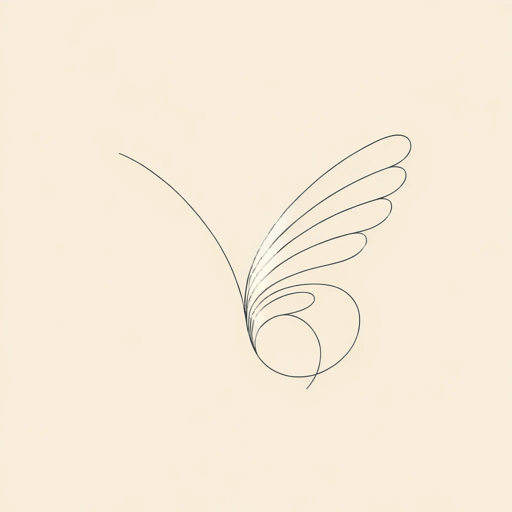
The Death of the Moth
Virginia Woolf
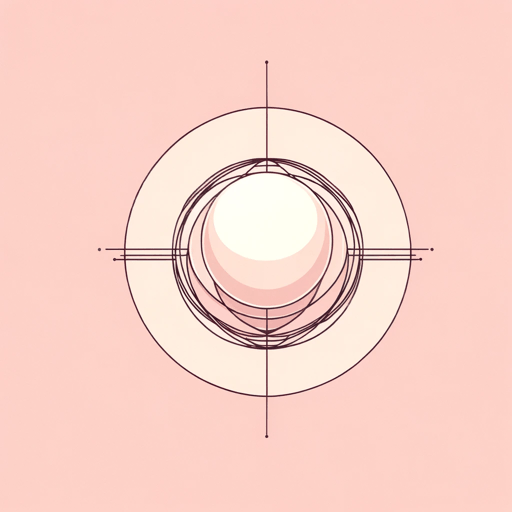
The Duchess and the Jeweller
Virginia Woolf
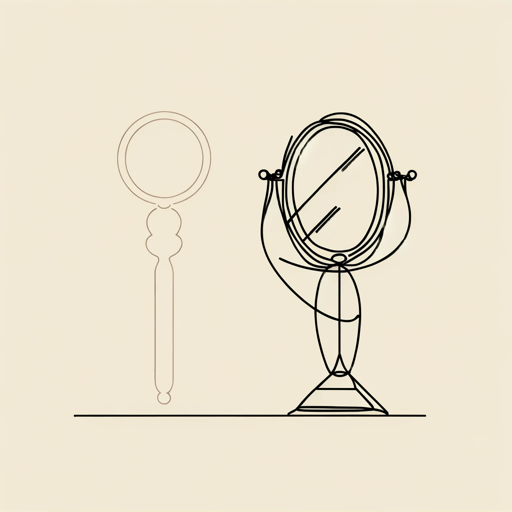
The Lady in the Looking Glass
Virginia Woolf
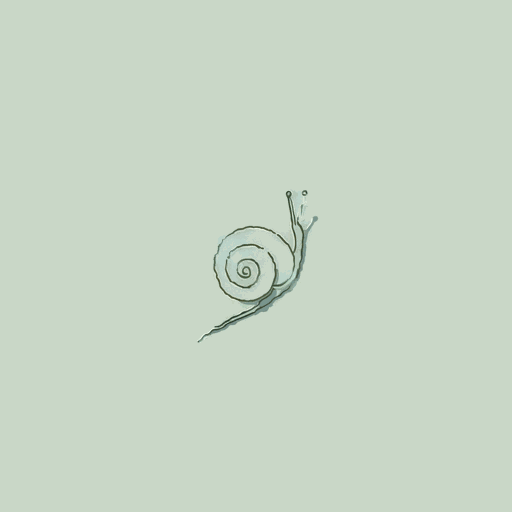
The Mark on the Wall
Virginia Woolf
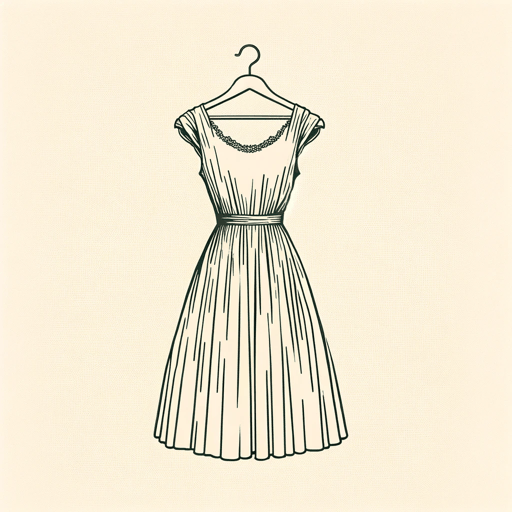
The New Dress
Virginia Woolf

The Voyage Out
Virginia Woolf
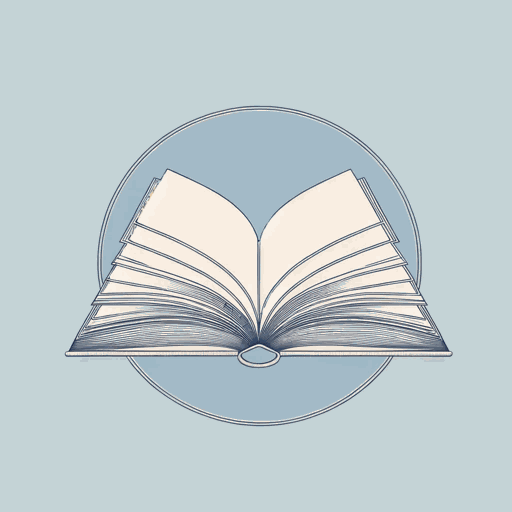
The Waves
Virginia Woolf
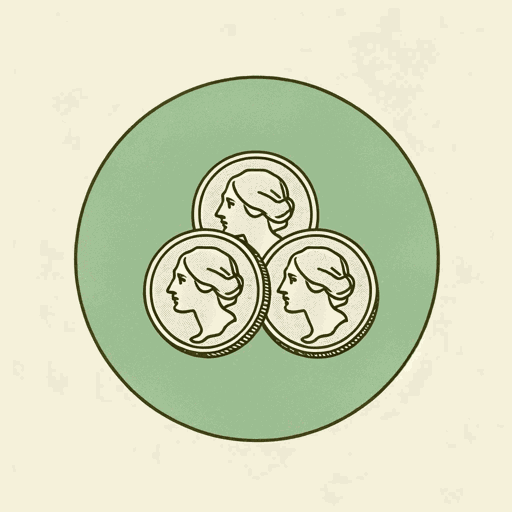
Three Guineas
Virginia Woolf

To the Lighthouse
Virginia Woolf

